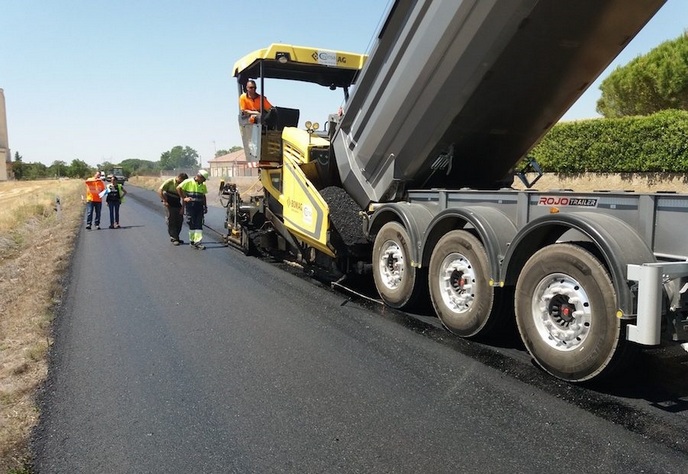Doing away with wine additives
Good winemaking is a European tradition and an important part of the economy from Germany and France to Portugal and Greece. Often, chemical preservatives are used to maintain the stability and quality of wines, a practice that must now be discontinued in line with new EU regulations. The EU-funded project PRESERVEWINE(opens in new window) set out to conquer this challenge. Investigating a promising low-cost, non-thermal process called pressure change technology (PCT) to stabilise wines, the project team worked on a viable alternative to reduce sulphur dioxide use in winemaking. The new technique involves charging and pressurising the wine with an inert gas and then rapidly releasing the pressure, inactivating microorganisms that cause spoilage and providing a protective atmosphere to avoid oxidation. The project team successfully developed and validated a PCT system to stabilise wine and wine must. The prototype can process 120 litres per hour at a pressure of 500 bars. The team also developed the relevant software and integrated sensors into the system, enabling online monitoring of parameters during wine treatment. Another positive outcome was that the new process not only retained the wine's physical and chemical properties, but also preserved the sensory properties of the tested wines. This ensured that the process did not interfere with the wine's delicate balance and that the wine's bouquet remained unchanged. Long-term studies on wine stability and quality will continue during the PRESERVEWINE-Demo project. Armed with this success, the team demonstrated the PCT system in France's Bordeaux region, famed for its primacy in winemaking. Eventually, once implemented at a large scale, the technology could save as much as 40 % on energy costs, also replacing additives while contributing to preserving the environment. This represents yet another triumph for the competitiveness and quality of the European winemaking industry.







